On the afternoon of July 22, the expert group of the Digital Design and Manufacturing of Stamping Dies Competition—part of the Belt & Road and BRICS Competition of Skills Development and Technology Innovation—visited the BRICS Academy of Skills Development and Technology Innovation (Xiamen) (hereinafter referred to as “the Academy” or “our Academy”).
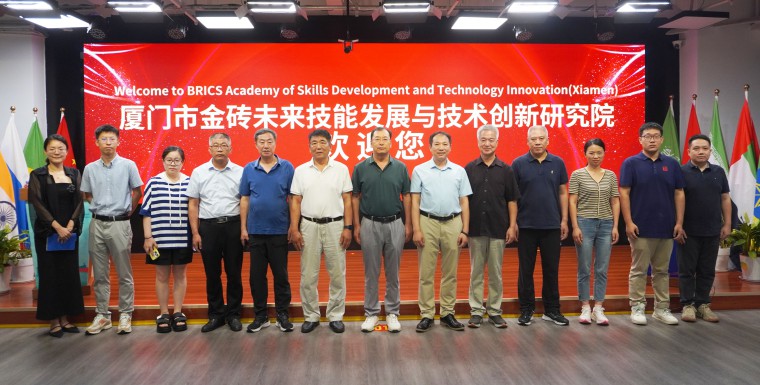
Dr. Liu Zhenying, President of BRICS Academy of Skills Development and Technology Innovation (Xiamen), extended a warm welcome to the expert delegation. He introduced key achievements in areas such as technical and skills standard formulation, the development of International Training Bases for Future Technical Skills and cultural exchange, the BRICS Auditorium of Skills Development and Technology Innovation, the Belt & Road and BRICS Competition of Skills Development and Technology Innovation, and initiatives in international joint education programs and credit recognition.
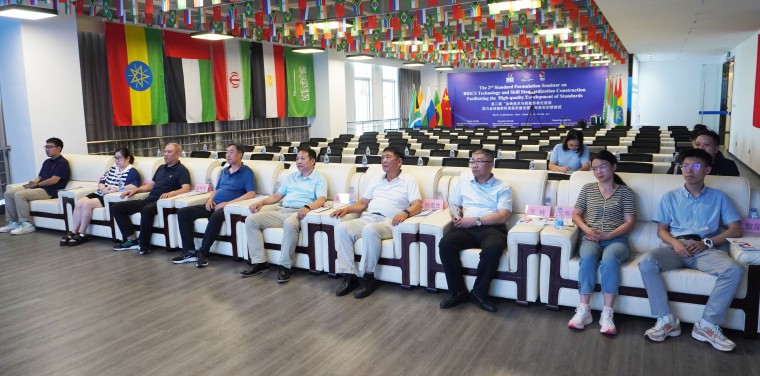
Photo: Expert group watching the Academy's promotional video
Among the visiting experts were He Yong, President of the Beijing Institute of Enterprise, Education, and Research; Ma Weiwei, Deputy Secretary-General of the National Die & Mould Industry Industry-Education Integration Community; Fu Hongsheng, Competition Advisor; Shi Qingwei, Chief Expert of the Competition; Wang Dong, Chief Judge; and Zhao Shiyou, Head of Evaluation. The experts gave high praise to the Academy’s accomplishments and shared information about their respective organizations and areas of expertise.
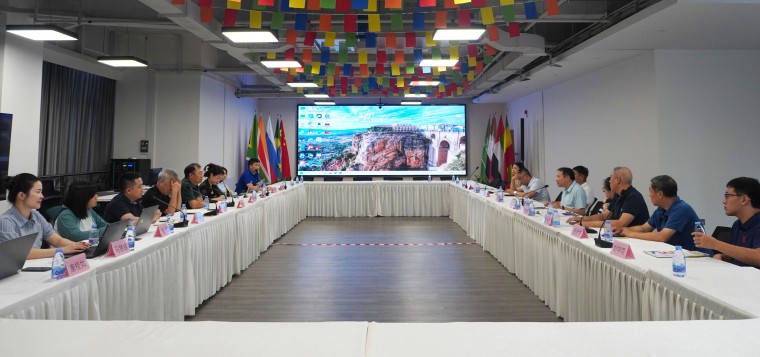
Photo: Dialogue and exchange between both sides
The two sides held in-depth discussions on topics including the launch of the international competition track for die & mould in the Belt & Road and BRICS Competition of Skills Development and Technology Innovation, the formulation of standards for die & mould skills, the construction of overseas training bases, international talent development in die & mould technology, and global cooperation among die & mould enterprises.
Dr. Liu Zhenying emphasized that the preparation for an international die & mould competition track involves several key components: selection of domestic and international experts, standard course development, team recruitment, and the establishment of training centers. He proposed a dual approach: setting up distributed competition venues based on jointly established international training centers, and organizing a domestic die & mould competition inviting teams from other countries to participate in China. This would drive the internationalization of the die & mould industry.
He further suggested using the BRICS competition as a strategic platform to promote the development of international training bases. This includes starting with virtual reality, digital twin, and hands-on equipment, implementing remote bilateral training, and enhancing international cooperation through training of technical personnel, development of skills-based courses, and establishment of international group standards in the field of die & mould.
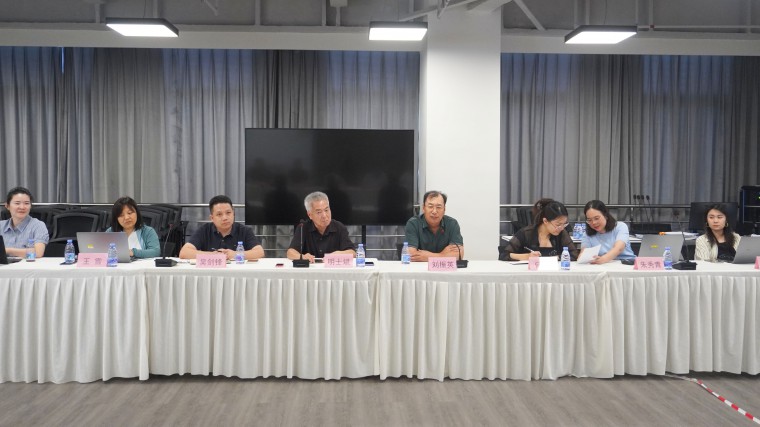
Photo: Dialogue and exchange between both sides
The expert group also visited the Academy’s Future Technology Exhibition and Experience Center, where they explored exhibits showcasing cutting-edge and interactive technologies. These included an intelligent high-precision measurement and control system, a CNC I8 multi-axis intelligent training machine, a virtual welding integrated simulation training system, and the BIM POP engineering rehearsal system—among 32 exhibits/sets from 25 leading enterprises across diverse fields and disciplines.


Photo: Expert group visiting the Future Technology Exhibition and Experience Center
The 4th Digital Design and Manufacturing of Stamping Dies Competition under the 2024 Belt & Road and BRICS Competition of Skills Development and Technology Innovation was held from July 19 to 22 at Zhangzhou Institute of Technology, attracting nearly 40 teams from higher vocational colleges across the country.
Related Reading
Recommended articles
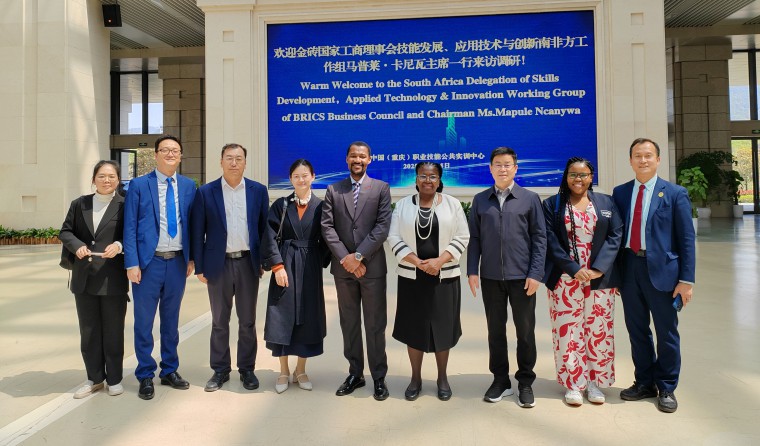

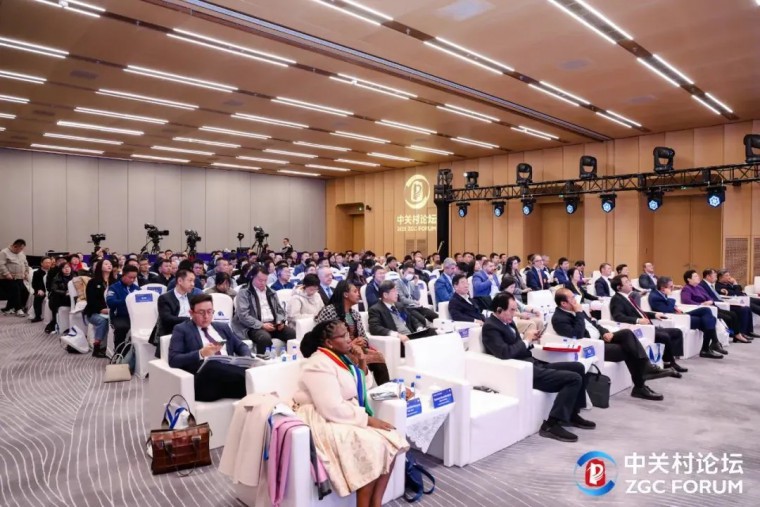

Popular articles


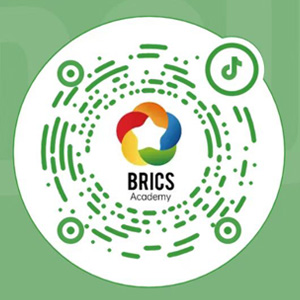
 闽ICP备12331232468号-1
闽ICP备12331232468号-1